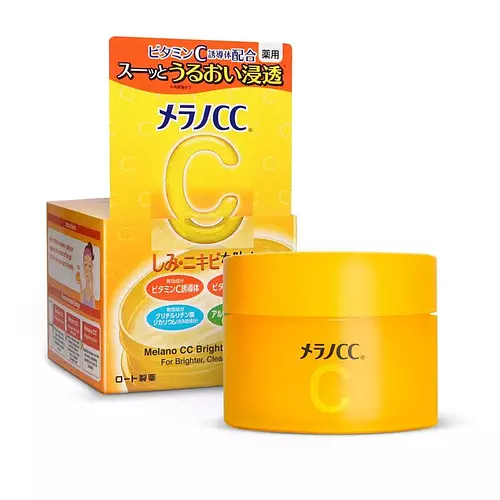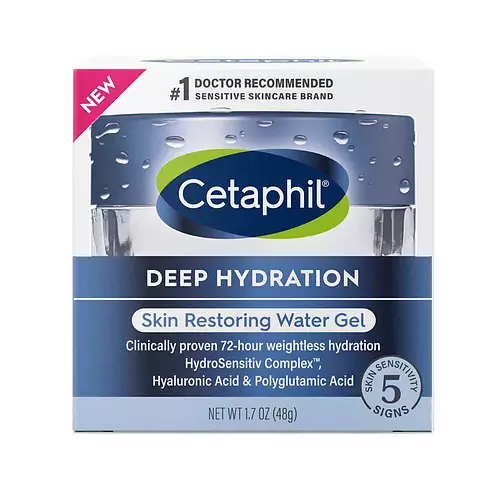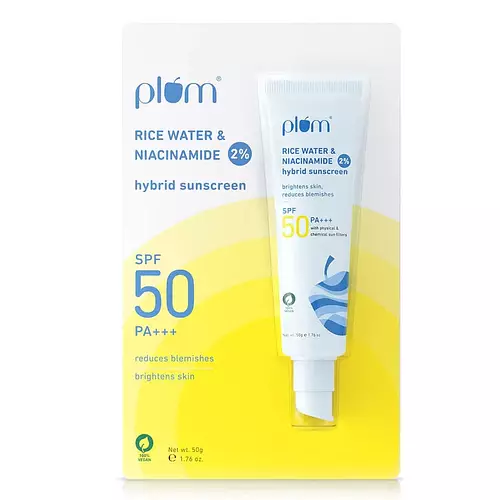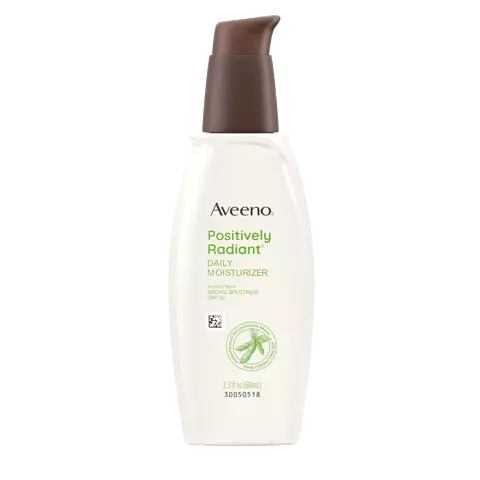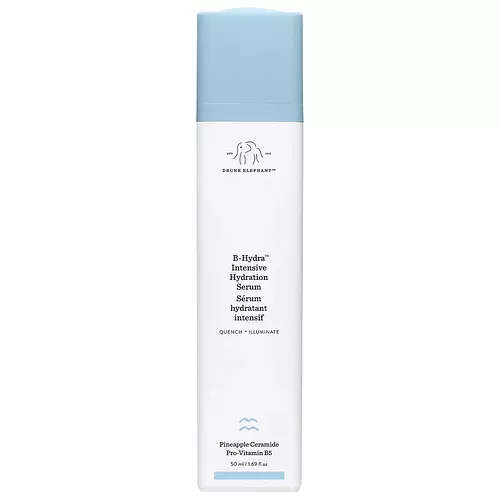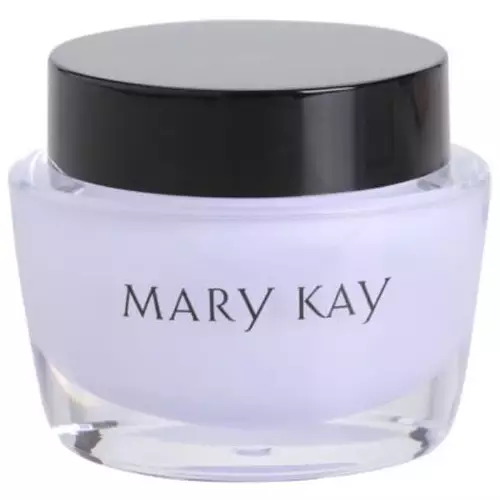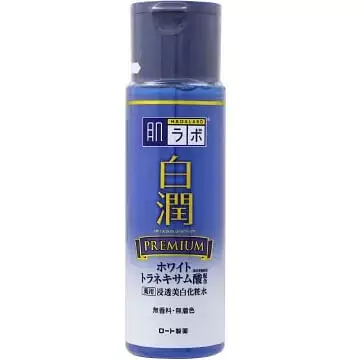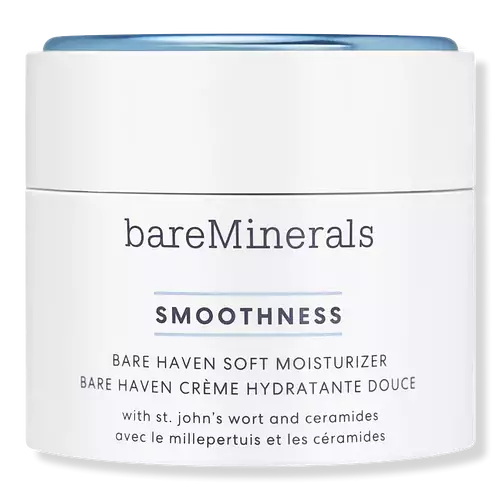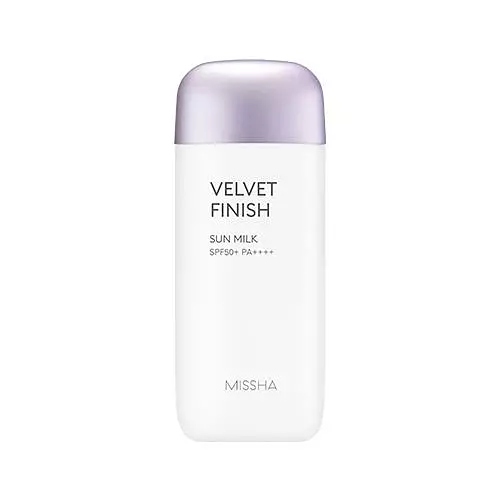Updated on October 29, 2023
Overview
What they are
These products are both reef safe general moisturizers. They have a total of 3 ingredients in common
Suited For
They're both likely to be good for dry skin, brightening skin, scar healing and better texture
Free From
They both do not contain any harsh alcohols, common allergens, oils or sulfates
What's Inside
They both contain silicones
We independently verify ingredients, and our claims are backed by peer-reviewed research. Spot a product that needs an update? Let us know.
Ingredient Info
Neutrogena Hydro Boost Water Gel 34 ingredients
Rohto Mentholatum Melano CC Brightening Gel 31 ingredients
At a glance
Click on any of the items below to learn more
Neutrogena Hydro Boost Water Gel 34 ingredients
Rohto Mentholatum Melano CC Brightening Gel 31 ingredients
Benefits
This product contains 4 ingredients that may have this attribute:
This product contains 1 ingredient that may have this attribute:
This product contains 1 ingredient that may have this attribute:
This product contains 1 ingredient that may have this attribute:
Concerns
This product contains 1 ingredient that may have this attribute:
This product contains 1 ingredient that may have this attribute:
This product contains 2 ingredients that may have this attribute:
This product contains 1 ingredient that may have this attribute:
Notable Ingredients
This product contains 1 ingredient that may have this attribute:
This product contains 1 ingredient that may have this attribute:
Benefits
This product contains 1 ingredient that may have this attribute:
This product contains 1 ingredient that may have this attribute:
This product contains 1 ingredient that may have this attribute:
This product contains 1 ingredient that may have this attribute:
This product contains 1 ingredient that may have this attribute:
This product contains 1 ingredient that may have this attribute:
This product contains 3 ingredients that may have this attribute:
Concerns
This product contains 1 ingredient that may have this attribute:
This product contains 1 ingredient that may have this attribute:
This product contains 1 ingredient that may have this attribute:
This product contains 1 ingredient that may have this attribute:
Ingredients Side-by-side
Ingredients Explained
These ingredients are found in both products.
Ingredients higher up in an ingredient list are typically present in a larger amount.
Glycerin is already naturally found in your skin. It helps moisturize and protect your skin.
A study from 2016 found glycerin to be more effective as a humectant than AHAs and hyaluronic acid.
As a humectant, it helps the skin stay hydrated by pulling moisture to your skin. The low molecular weight of glycerin allows it to pull moisture into the deeper layers of your skin.
Hydrated skin improves your skin barrier; Your skin barrier helps protect against irritants and bacteria.
Glycerin has also been found to have antimicrobial and antiviral properties. Due to these properties, glycerin is often used in wound and burn treatments.
In cosmetics, glycerin is usually derived from plants such as soybean or palm. However, it can also be sourced from animals, such as tallow or animal fat.
This ingredient is organic, colorless, odorless, and non-toxic.
Glycerin is the name for this ingredient in American English. British English uses Glycerol/Glycerine.
Learn more about GlycerinPentylene glycol is typically used within a product to thicken it. It also adds a smooth, soft, and moisturizing feel to the product. It is naturally found in plants such as sugar beets.
The hydrophilic trait of Pentylene Glycol makes it a humectant. As a humectant, Pentylene Glycol helps draw moisture from the air to your skin. This can help keep your skin hydrated.
This property also makes Pentylene Glycol a great texture enhancer. It can help thicken or emulsify a product. Emulsifiers help stabilize a product. It does this by preventing certain ingredients from separating.
Pentylene Glycol also acts as a mild preservative and helps to keep a product microbe-free.
Some people may experience mild eye and skin irritation from Pentylene Glycol. We always recommend speaking with a professional about using this ingredient in your routine.
Pentylene Glycol has a low molecular weight and is part of the 1,2-glycol family.
Learn more about Pentylene GlycolSodium Hydroxide is also known as lye or caustic soda. It is used to adjust the pH of products; many ingredients require a specific pH to be effective.
In small amounts, sodium hydroxide is considered safe to use. However, large amounts may cause chemical burns due to its high alkaline.
Your skin has a natural pH and acid mantle. This acid mantle helps prevent harmful bacteria from breaking through. The acid mantle also helps keep your skin hydrated.
"Alkaline" refers to a high pH level. A low pH level would be considered acidic.
Learn more about Sodium HydroxideIngredient Ratings
Here's what our community thinks of the ingredients in these two products.
When to use
Neutrogena Hydro Boost Water Gel 34 ingredients
Rohto Mentholatum Melano CC Brightening Gel 31 ingredients

Reviews
Here's what our community thinks
Neutrogena Hydro Boost Water Gel 34 ingredients
BaiFengxi
I got this because it was one of the products I used two years ago that moisturized my skin without making me oily. However, they came out with a...
I got this because it was one of the products I used two years ago that moisturized my skin without making me oily. However, they came out with a new formula earlier this year. I decided to try it anyways and right off the bat I could tell it was different. The old formula was unscented. I'm sensitive to scents, and the new one smells like strong herbal shampoo. I put it on and it stung a little. I don't have a damaged barrier and none of the new products I've tried have burned at all. This one stung a little. So I ended up just washing it all off. I did not like this product. Just note the dates on the other reviews. If they are earlier than January 2024, be aware that Neutrogena discontinued that formula and the came out with the new one, which is what I talked about in this review.
jeanpaul2301
Great mosturizer!
Tried this out of curiosity with my mom, both of us were pleased with our results. She has normal to dry skin and I have combo...
Great mosturizer!
Tried this out of curiosity with my mom, both of us were pleased with our results. She has normal to dry skin and I have combo skin with fungal acne. She uses this everyday as soon as she gets out of the shower; without it her skin would feel dry as a desert. In my case, I put this on after using the Cetaphil daily facial cleanser. I know this product isn't fungal acne safe but I have combo skin, so I put it on the areas of my face that instead of having fungal acne, are kind of dry (mostly my cheeks, nose and neck). This moisturizer makes my skin feel refreshed, hydrated and healthy. It definitely has fragrance, but It's nice and light. I won't give it 5 stars just because it isn't fungal acne safe:)

